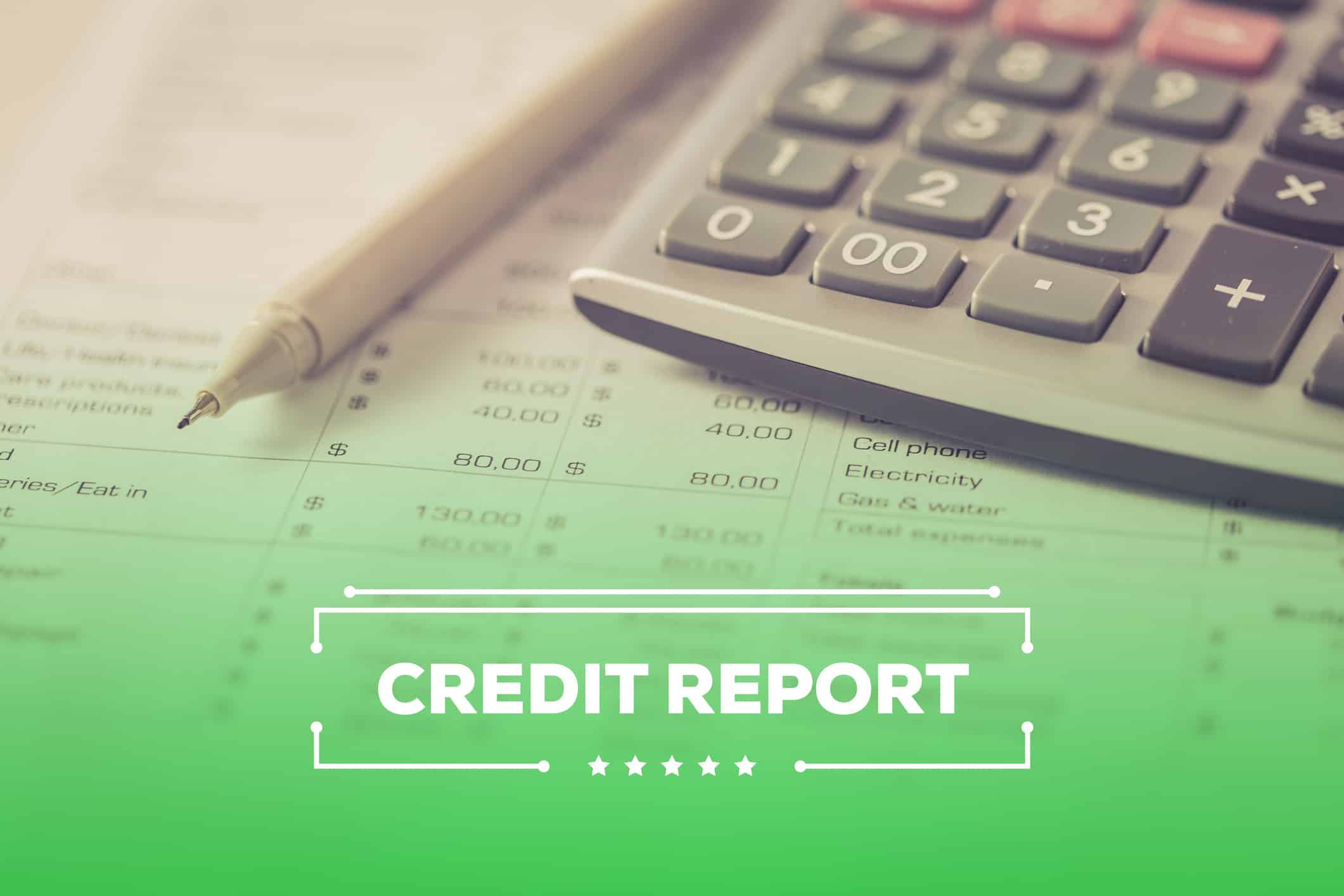If you’ve ever had a credit account in your name, such as a credit card or auto loan, you likely have one or more credit reports. It’s important to understand what these reports are since they affect many aspects of your financial life.
Keep reading to learn five important things about credit reports that everyone should know.
Facts about credit reports you should know
- What credit reports are and who maintains them.
- What information is in your credit reports.
- How long data remains in your credit reports.
- How to review your credit reports.
- How to correct errors on your credit reports.
Here’s the detail on each of these key facts about credit reports.
1. What Credit Reports Are and Who Maintains Them
A credit report is a file that contains information about you that’s reported to credit bureaus. It reveals how you handle accounts such as credit cards, auto loans, student loans, and mortgages.
Credit reports are maintained by companies known as credit bureaus or credit reporting agencies. The three major credit bureaus are Equifax, Experian, and TransUnion; lesser-known agencies include Innovis and PRBC. They’re for-profit companies that gather your credit information and sell it to a variety of companies and organizations.
Your creditors may send your debt and payment information to one or more credit bureau that then gets added to your credit report every month. Additionally, if you make a late payment, it might be listed on your credit reports.
An important point to remember is that credit reports might not be exactly the same from bureau to bureau. For instance, your credit card issuer might report your payment data only to TransUnion, but your mortgage lender might report it to TransUnion and Experian.
In the U.S., credit data is compiled and tracked by your Social Security number. Therefore, any resident who qualifies for a Social Security number can have credit reports. Credit reports are never merged with someone else’s, even when you’re married.
Credit bureaus don’t change credit or lending decisions; they simply maintain your data. Your reports are important because they’re used by a variety of businesses to evaluate you, including:
- Credit card companies
- Lenders
- Insurers (in most states)
- Landlords
- Employers
The data in your credit reports is also used to generate a variety of credit scores. In general, the higher your three-digit scores, the less risky and more creditworthy you appear to potential creditors.
2. What Information Is in Your Credit Reports
Credit reports include basic identifying information, such as your name, address, and employer. They never include your gender, race, education level, political affiliation, or bank balances.
Your credit reports contain details about your credit accounts, including:
- Account type
- Loan amounts and balances
- Credit limits
- Date opened
- Account status
- Payment history
Credit reports also include a section listing inquiries that have been made by companies that have viewed your credit report. Soft inquiries, such as pre-approved credit card offers, don’t affect your credit scores; however, hard inquiries, such as applications for credit cards and loans, are a credit-scoring factor.
Legal actions that have been taken against you also might show up in your credit reports, such as a bankruptcy, foreclosure or tax lien. Credit bureaus obtain this information from public records.
3. How Long Data Remains in Your Credit Reports
Time limits are set for how long data can remain in your credit reports. Credit accounts with only positive information, such as a credit card with no late payments, remain in your history for 10 years.
But accounts with negative information, such as late payments, or most legal actions (such as a judgment or lawsuit) stay on your credit history for at least seven years.
For example, if your mortgage payment was due January 1, 2019, and you failed to pay it, it became delinquent on February 1, 2019. Your credit report will continue to show that you were 30 days late on that payment for seven years, or until February 1, 2026 — even if you catch up later and pay the delinquent amount.
However, having a Chapter 7 or Chapter 13 bankruptcy is a negative entry that can stay on your credit reports for up to 10 years.
4. How to Review Your Credit Reports
The federal Fair Credit Reporting Act allows you to get your credit report from each of the three major credit bureaus (Equifax, Experian, and TransUnion) for free every 12 months at annualcreditreport.com.
The best strategy is to space them out, so you get a report from a different bureau every four months over the course of a year. You’ll see your complete credit file; however, your credit reports don’t include credit scores. Some websites offer one or two of your credit reports and your credit scores for free.
No matter whether you request credit reports from annualcreditreport.com or another website, you’ll be prompted to verify your identity by entering some personal information and answering a series of multiple-choice security questions. Once you’re able to view your reports, follow these steps:
- Verify your personal information by making sure your name, any former names, current and previous addresses, and Social Security number are correct. You also might see the names of current and previous employers as well as your phone number.
- Check your credit accounts by carefully reviewing the details of your current and past credit accounts, such as the date opened, credit limit, original loan amount, payment terms, outstanding balance, and payment history.
- Verify collection accounts to make sure the information is correct. You can’t erase negative information from your credit report if it’s accurate, but you can get incorrect data fixed.
- Check any listed public records for accuracy.
- Review inquiries, which come from companies or organizations that requested a copy of your report during the previous year or two.
If you’re reviewing your reports for the first time, you might be surprised by how many accounts show up. As previously mentioned, closed or paid-off accounts with only positive data stay in your file for 10 years. So don’t be alarmed if you see accounts with a “closed” status.
Accounts with negative data should remain in your reports for just seven years. To verify whether any old accounts show up when they shouldn’t. For instance, if you had late payments on a personal loan but you paid it off eight years ago, it shouldn’t appear in your credit file because the seven-year period has ended.
If an account was transferred to a debt collector or to another creditor, you might not see the original creditor’s name. Information on each account is reported separately, so you might see more than a place where the same debt is listed. Just make sure the outstanding balance isn’t listed twice.
Check your current debt balances, but remember that the balance isn’t updated constantly. What you see is likely the amount you owed during the month before you made the last payment.
Also, make sure your payment history is correct. Did you always pay on time or did you make some late payments? Furthermore, check that the responsible party listed on the account is correct, such as individual owner, joint owner or authorized user.
5. How to Correct Errors on Your Credit Reports
Under the Fair Credit Reporting Act, you can dispute all inaccurate or incomplete data on your credit reports. So if you see any inaccurate data on your credit reports, ask that it be corrected as quickly as possible.
Common errors to watch for include having accounts listed that belong to another person. In some cases, incorrect accounts are the result of being the victim of identity theft, which you should clear up immediately.
Most Americans have errors on their credit reports that drag down credit scores without them knowing it. Therefore, if you haven’t reviewed your credit reports, make it a priority.
If you find an error, you’ll need proper documentation to support your claim. For instance, if you see a late payment that you didn’t make, you’ll need to find information showing when the payment was sent or when it cleared your bank account. You can upload dispute-related documents on a credit bureau’s website or send them by mail.
Send any correspondence by certified mail and mark “return receipt requested” so you have a record of the bureau receiving it. Include your request letter and supporting documents, and a copy of the credit report with the error clearly marked.
Once the bureau receives your dispute, it must open an investigation or delete or correct the items you disputed within three business days. If the bureau deletes data, it must notify you and provide a copy of your updated credit report within five days.
If the credit bureau decides to investigate your dispute, the review must be completed within 45 days. The bureau will contact any creditors who reported the information that you’re disputing, ask them to verify the information and then notify you of the results. If you don’t hear back in about six weeks, follow up with the credit bureau.
If you find out that your dispute is denied because the information actually is correct, there’s nothing you can do to change it. But if you have proof of an error that a bureau declined to fix, call the company that furnished the information and also send a dispute letter with backup information.
Once the process is complete, wait a few months and request your reports again to confirm that the corrections still appear on the reports from each credit bureau. If the dispute still isn’t cleared up or you still have complaints, reach out to the credit bureau that produced the credit report in question.
If the investigation doesn’t resolve the dispute to your satisfaction, you have the right to file an explanatory statement in your credit file. And if a company refuses to correct incorrect data that it reported about you to a credit bureau, you might consider legal action. If you go down the legal route, you probably should hire an attorney who is licensed in your state to help correct serious errors on your credit reports.



